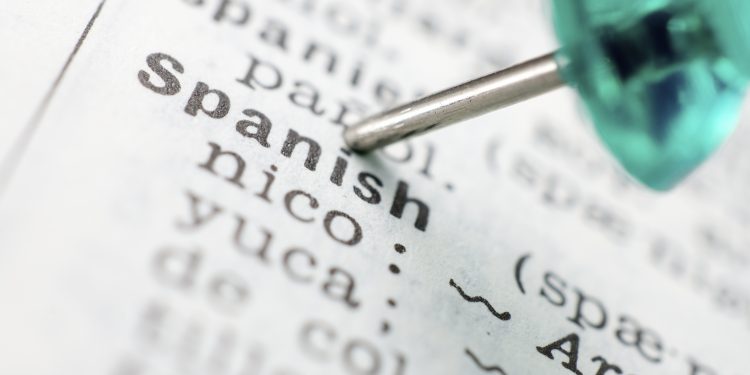We mentioned in a related article of this series that a challenge had been mounted to the use of masculine plurals to include a mix of masculine and feminine people or things. First politicians, and later those influenced by them, began saying “las y los” instead of just “los.”
“Amigas y amigos” replaced the male and female collective “amigos.” On the distaff side it was argued that it was hardly fair when there were many women and one man, that the group should be masculine. “They” would be “ellos” not “ellas;” “we” would be “nosotros” not “nosotras.” No one ever explained, by the way, why the order is still “ladies first” so to speak.
On internet, where correct grammar is belittled by millions, and in mass emails, people started replacing the “o” with the “at” sign, using it as a kind of joker —“comodín” in Spanish— that could be “o,” “a” or both. Querid@s amig@s, for example. This is a clumsy cyber solution that isn’t applicable to the spoken word. The use of an “x” instead of @ —“amigxs”— is also only available in written form.
Then gender-neutral pronouns and inclusive language became a thing in parts of the English-speaking world, where supposedly there wasn’t a problem with plurals, as “they” and “we” are already gender non-specific.
Mexico has long been open to foreign influence, gradually adopting and adapting social trends, and almost inevitably the gender-neutral pronouns with their corresponding controversies made an appearance, here and in other parts of the Spanish-speaking world.
Of the three remaining available vowels —“a” and “o” were taken and clearly compromised— someone somewhere decided that “e” would be the most practical pronounceable neutral form: “Les amigues” instead of “los amigos,” “todes” to replace “todos” or “todas,” “nosotres” instead of “nosotros,” and so on.
The new “lenguaje inclusivo” has not been accepted by the Royal Spanish Academy, the Real Academia or RAE—widely recognized as the authority on matters pertaining to correct use of Spanish. And let it be said, that hitherto stuffy organization has certainly let its hair down in recent years, even if not as carelessly as Merriam-Webster.
Where this will all end is anyone’s guess. The RAE has already been accused of anti-feminism on social media for its stance against doubling up on plurals or substituting “@,” “e,” or “x,” calling them unnecessary since “o” has the same function, and is already linguistically gender-neutral in those cases.
The academy upheld its view in 2018 after appointing a panel of two men and two women to study the matter of inclusive language in Spanish.
Mexico in your inbox
Our free newsletter about Mexico brings you a monthly round-up of recently published stories and opportunities, as well as gems from our archives.



